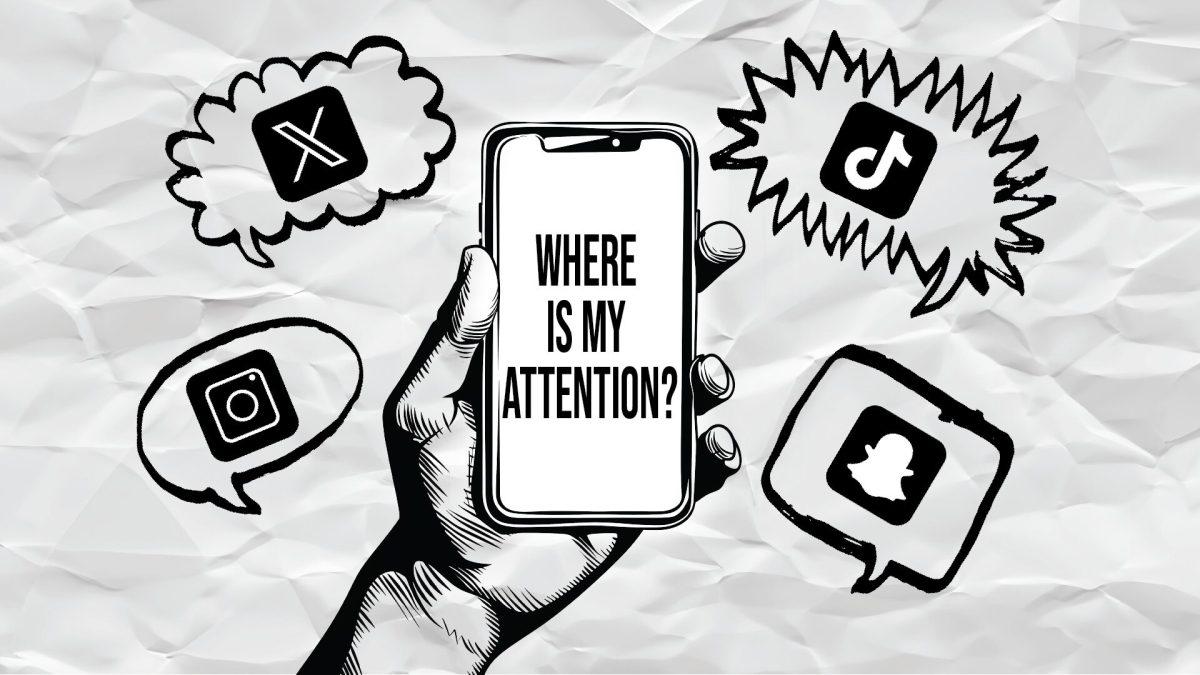Since 1923, TIME Magazine has been a national and international staple of America and its history. It was the first weekly news magazine in the United States. Since its inception, TIME has become not only a magazine but also a mouth-watering business.
Time Warner, established in 1989 when Time Inc. merged with Warner Communications, has become an entertainment empire. In fact, three of the biggest names in magazine publication belong to the company: TIME, Fortune and Sports Illustrated. Other subsidiaries of Time Warner include New Line Cinema, HBO, TBS, Warner Bros., Cartoon Network, Adult Swim, CNN, DC Comics and Castle Rock Entertainment. In 2010, the company’s operating income was $5.427 billion.
On the money front, it seems that TIME has done pretty well for itself. With that acknowledged, it would be hard to overlook money as a motivator for all things TIME: which articles make it into the magazine and which ones don’t, cover design and layout, color scheme. As a business selling a product, and doing so very well, it isn’t hard to figure TIME out.
I recently became aware of a trend among international and national covers of TIME magazine. Although the content of the magazine remains virtually the same, as of late TIME has been giving the overseas-cover spot to the most relevant stories, usually about touchy topics such as how the United States will never save Afghanistan. However, in the U.S., the covers seem to have been dumbed down or made a bit more ignorant.
Since relevance is a consistent theme in the news world, one could maintain that these covers are still relevant to the U.S. readers. But when TIME’s story about the hopes of the Arab Spring being at risk went out, we here in the states got a cover announcing that sometimes, stress can be good for you. When the rest of the world got [“Travels Through Islam”](http://www.time.com/time/covers/asia/0,16641,20110808,00.html), we got [“Chore Wars”](http://www.time.com/time/covers/0,16641,20110808,00.html).
There is endless controversy over this trend, with pictures of lined up covers from the U.S., Europe, Asia and the South Pacific all over the Internet. I first saw one of these pictures on Facebook. Many of my friends met the picture with disapproving comments, making blanket statements about government and business and how the two affect each other. “Way to sell out, TIME,” was one of the first comments I saw.
Is there really any question that TIME sold out? They have to sell, right? Editors need to consistently choose pieces of writing that will sell to target audiences and that will also sell advertisements that reach demographics. Like every publication, every movie, album or TV show, there is a business that backs the work. And though selling out is a phrase that carries a generally negative connotation among artists, writers, actors — the whole lot — there really is no music sweeter to the ears of a businessman.
As a business, TIME (or Time Warner) is doing exactly what it’s supposed to do. A corporation as big and as influential as Time Warner can’t let one of its most notable publications perform poorly. There are countless studies done and polls taken to get to the bottom of what TIME readers want to read, so as for these covers, you really can’t place the blame on TIME. They aren’t filtering what the U.S. population is reading about; they’re giving the U.S. population, us, exactly what we want. If you want to blame someone for the less globally-conscious issues of magazines that you’re reading off of the newsstand, look around you. The only people to blame are the readers.











